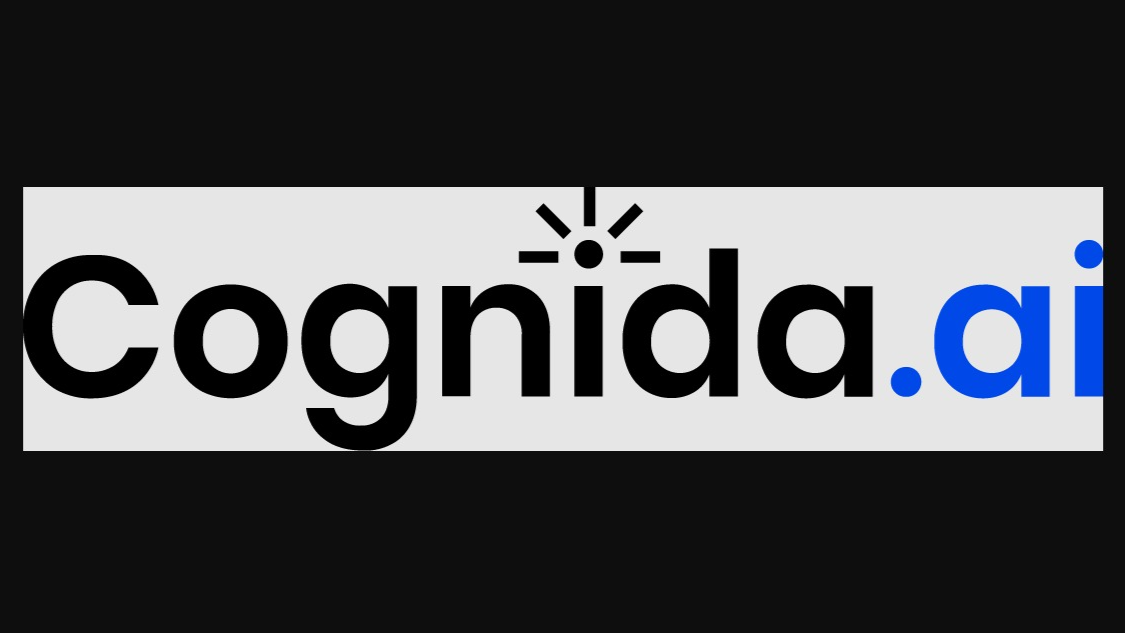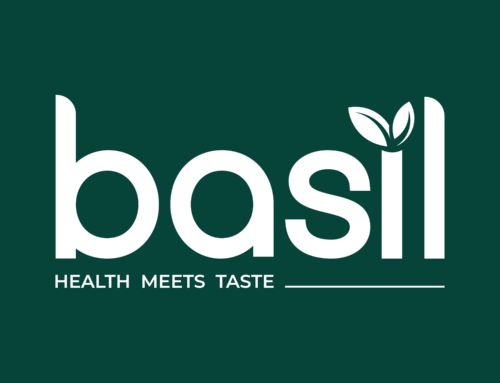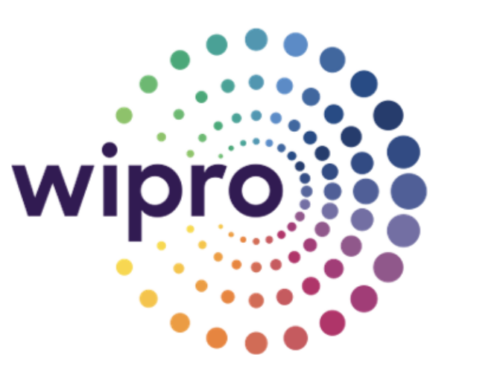Forecasting is more than just a numbers game; it’s the cornerstone of growth, efficiency, and customer satisfaction. For leaders managing sales, inventory, or operations, achieving accurate high-level forecasts itself can feel like navigating a labyrinth. Imagine the situation when we are looking to predict SKU-level forecasting.
A manufacturer that was sourcing CCTV cameras from Vietnam was facing long lead times, fragmented data, and the challenge of managing short product lifecycles. Older SKUs saw dwindling demand while newer products required precise ramp-up forecasts to stay competitive. Without accurate forecasting, their inventory suffered from inefficiencies—either too much or too little at the wrong time.
These struggles highlight a common challenge. Businesses often lack the tools and insights to predict demand at a granular level. Using predictive analytics could be a game-changing approach for SKU-level forecasting that may not just solve the above problems but potentially transform operations.
Why does SKU-Level Forecasting Matter?
At the core of any inventory system lies the Stock Keeping Unit (SKU)—a unique identifier for each product. Think of SKUs as the DNA of your catalog, encoding details like size, color, and other attributes. Organizations typically maintain data at the SKU-level including historical sales records, inventory levels, and supply chain data. It includes product attributes (size, color, category), sales trends, seasonal patterns, market trends, and external variables like economic indicators or consumer behavior. This rich dataset forms the foundation for accurate demand predictions.
SKU-level forecasting takes this granular data and transforms it into actionable insights. It answers critical questions:
– Which products will perform well in the next quarter?
– How much inventory should be stocked to avoid shortages or waste?
– What seasonal patterns can guide promotional strategies?
For the CCTV manufacturer, SKU-level forecasting addressed their long-standing inventory challenges. By decoding seasonal trends and aligning inventory with demand, they could better manage their lead times and prevent stockouts or overstocks. But how did they achieve this level of precision?
Predictive Analytics: The Power Behind SKU-Level Forecasting
Predictive analytics elevates SKU-level forecasting from guesswork to science. Using historical data, machine learning (ML) algorithms, and external variables like market trends, businesses can achieve unparalleled accuracy in demand forecasting.
For our manufacturer, this meant leveraging a three-tiered forecasting model powered by Cognida.ai’s Zunō.Predict:
1. Time-Series Modeling: Historical trends informed demand predictions, providing a baseline for better planning.
2. Hierarchical Data Models: Sales and inventory data from various regions were unified, giving a holistic view of operations.
3. Lifecycle-Based Adjustments: Predictions dynamically scaled based on the age of each SKU, ensuring relevance even as products evolved.
The approach began with data aggregation, where disparate sources were consolidated into a rich dataset. Then, pattern recognition revealed trends and anomalies, while real-time updates ensured forecasts adapted to changing conditions.
The result? A 50% improvement in forecast accuracy. The business moved from reactive guesswork to proactive decision-making, optimizing inventory, reducing costs, and meeting demand with precision.
The Business Impact of SKU-Level Forecasting
When applied effectively, SKU-level forecasting delivers measurable value:
– Optimized Inventory: By predicting demand more accurately, businesses avoid the pitfalls of overstocking and understocking.
– Cost Savings: Reduced carrying costs and minimized production and shipping inefficiencies directly boost profitability.
– Enhanced Customer Experience: Timely product availability reduces delays and keeps customers happy.
– Strategic Portfolio Management: Insights into high-performing and low-performing SKUs allow businesses to refine their product mix.
For the CCTV manufacturer, the implementation of Zunō.Predict transformed their supply chain. They no longer had to wait for delayed updates or struggle with incomplete sales data. Instead, they could predict demand confidently, streamline sourcing for their 3–4-month lead times, and ensure a balanced inventory.
To unlock the hidden growth potential of SKU-level forecasting, consider these steps:
1. Adopt the Right Tools: Use platforms with AI-driven forecasting capabilities, like Zunō.Predict.
2. Prioritize Data Quality: Clean, comprehensive datasets are the backbone of accurate forecasts.
3. Upskill Your Teams: Equip your team to interpret forecasts and translate them into actionable strategies.
4. Collaborate with Experts: Partner with AI specialists to tailor solutions to your industry’s needs.
For businesses navigating the complexities of today’s markets, SKU-level forecasting powered by predictive analytics is more than a tool—it’s a strategic advantage. By embracing this approach, organizations can improve agility, enhance customer satisfaction, and drive sustainable growth.
Is your business ready to forecast the future with confidence? Discover how Cognida.ai can empower you to make smarter, data-driven decisions. Contact us today to schedule a consultation and unlock the hidden growth potential within your operations.
– Authored by Swarna Kumar Vallabhaneni, Chief Data Scientist, Cognida.ai







